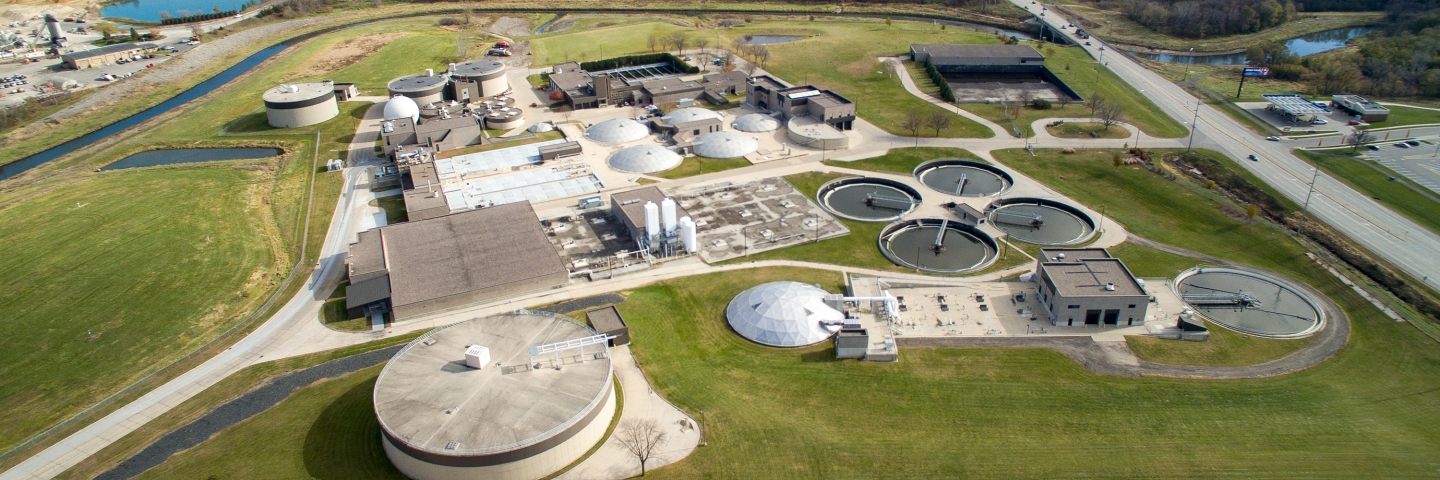State and federal permits and regulations that are designed to protect groundwater and surface water (lakes, rivers, streams, and wetlands) apply to specific facilities and processes that could pose harm to our water resources. Water permits usually set limits on a permittee’s “discharges” or the water released to the environment. Wastewater treatment facilities and industrial plants must ensure that contaminants in the treated water they discharge are below specific levels. Stormwater permittees must work to limit contaminants in the rain and snow melt that runs off their sites and properties.
However, not all sources of water pollution are regulated. “Point-source” pollution comes from sources such as treatment plants that are subject to environmental regulations. “Nonpoint sources” include things like runoff from lawns or farm fields, eroding streambanks, pet waste, and faulty septic systems. These nonpoint sources are typically not subject to specific regulation, yet they represent the largest combined contribution (an estimated 86%) to the state’s water pollution.
Learn about the efforts to monitor, restore, and protect Minnesota waters from all sources of pollution:
